
Rudolf Haag was a German theoretical physicist, who mainly dealt with fundamental questions of quantum field theory. He was one of the founders of the modern formulation of quantum field theory and he identified the formal structure in terms of the principle of locality and local observables. He also made important advances in the foundations of quantum statistical mechanics.

Georgy Feodosevich Voronyi was an Imperial Russian mathematician of Ukrainian descent noted for defining the Voronoi diagram.
In algebraic group theory, approximation theorems are an extension of the Chinese remainder theorem to algebraic groups G over global fields k.
In mathematics, vector bundles on algebraic curves may be studied as holomorphic vector bundles on compact Riemann surfaces, which is the classical approach, or as locally free sheaves on algebraic curves C in a more general, algebraic setting.
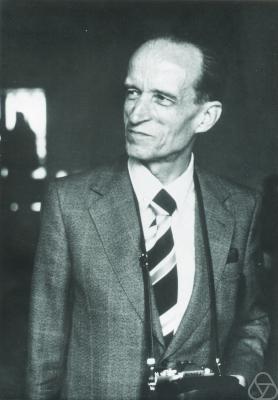
Martin Maximilian Emil Eichler was a German number theorist.
In mathematics, Weber's theorem, named after Heinrich Martin Weber, is a result on algebraic curves. It states the following.
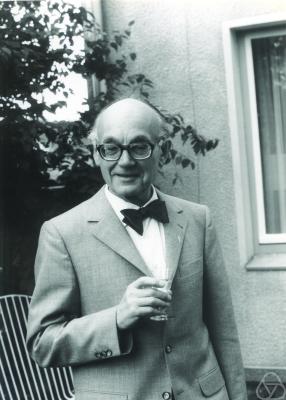
Max Deuring was a German mathematician. He is known for his work in arithmetic geometry, in particular on elliptic curves in characteristic p. He worked also in analytic number theory.
Hans Heinrich Wilhelm Magnus, known as Wilhelm Magnus, was a German-American mathematician. He made important contributions in combinatorial group theory, Lie algebras, mathematical physics, elliptic functions, and the study of tessellations.
Hermann Rothe was an Austrian mathematician.
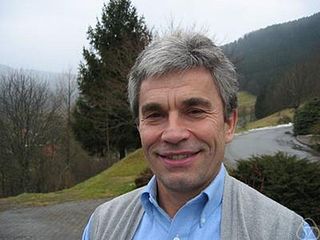
Florian Pop is a Romanian mathematician, a professor of mathematics at the University of Pennsylvania.

Andreas Speiser was a Swiss mathematician and philosopher of science.
In mathematics, Brandt matrices are matrices, introduced by Brandt, that are related to the number of ideals of given norm in an ideal class of a definite quaternion algebra over the rationals, and that give a representation of the Hecke algebra.
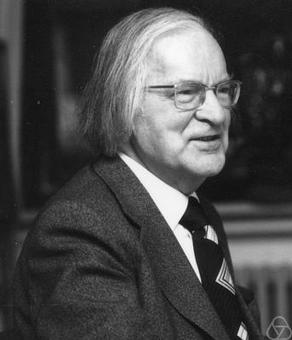
Hans Rohrbach was a German mathematician. He worked both as an algebraist and a number theorist and later worked as cryptanalyst at Pers Z S, the German Foreign Office cipher bureau, during World War II. He was latterly known as the person who broke the American diplomatic O-2 cypher, a variant of the M-138-A strip cipher during 1943. Rohrbach wrote a report on the breaking of the strip cypher when he was captured by TICOM, the allied effort to roundup and seize captured German intelligence people and material.

Claus Michael Ringel is a German mathematician, specializing in algebra.
Ulrich Pinkall is a German mathematician, specializing in differential geometry and computer graphics.
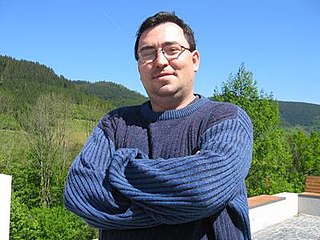
Marius Nicolae Crainic is a Romanian mathematician working in the Netherlands.
Gerhard Karl Theodor Haenzel was a German mathematician.

Dan Burghelea is a Romanian-American mathematician, academic, and researcher. He is an Emeritus Professor of Mathematics at Ohio State University.

Johannes Knoblauch was a German mathematician.

Otto Forster is a German mathematician.












